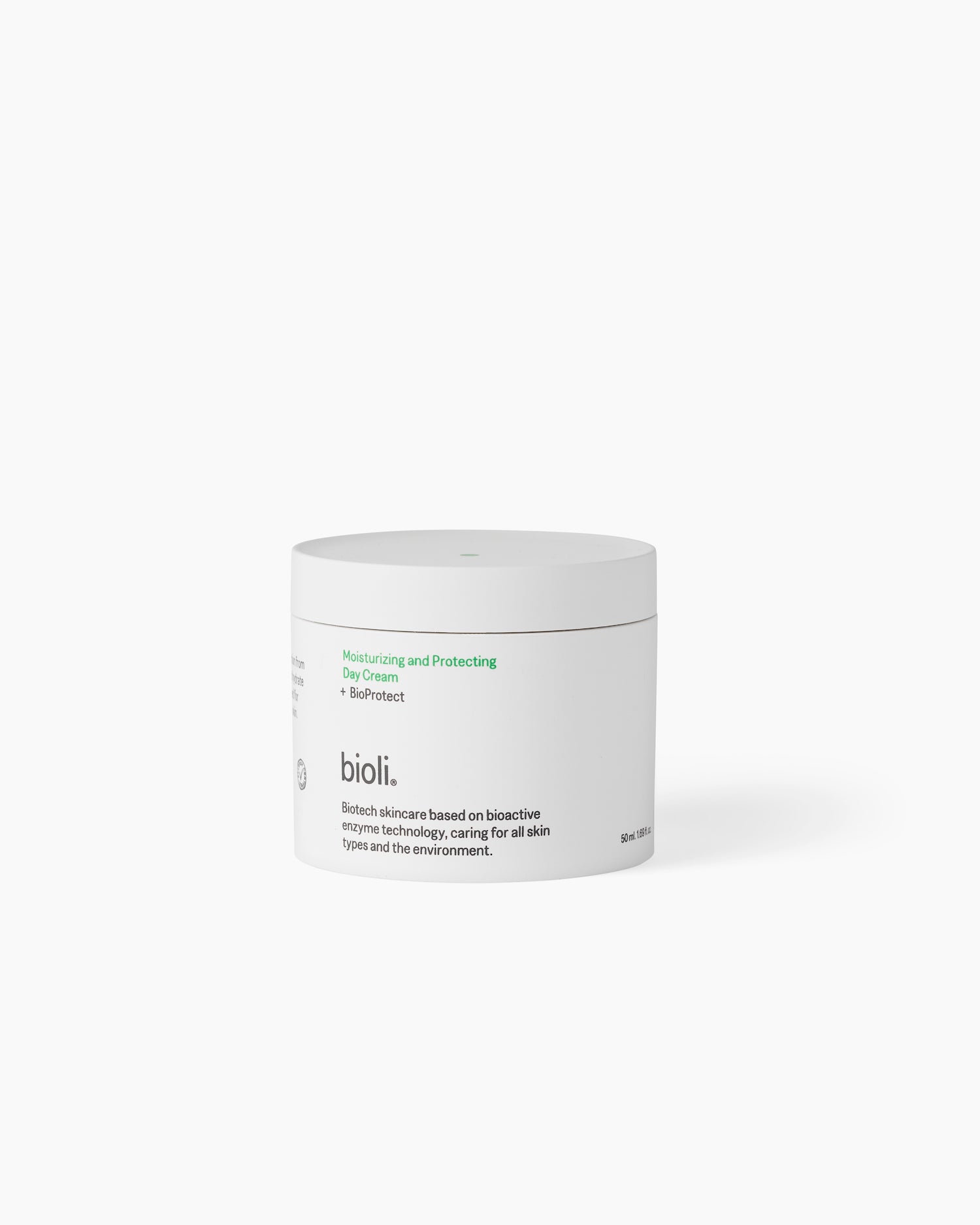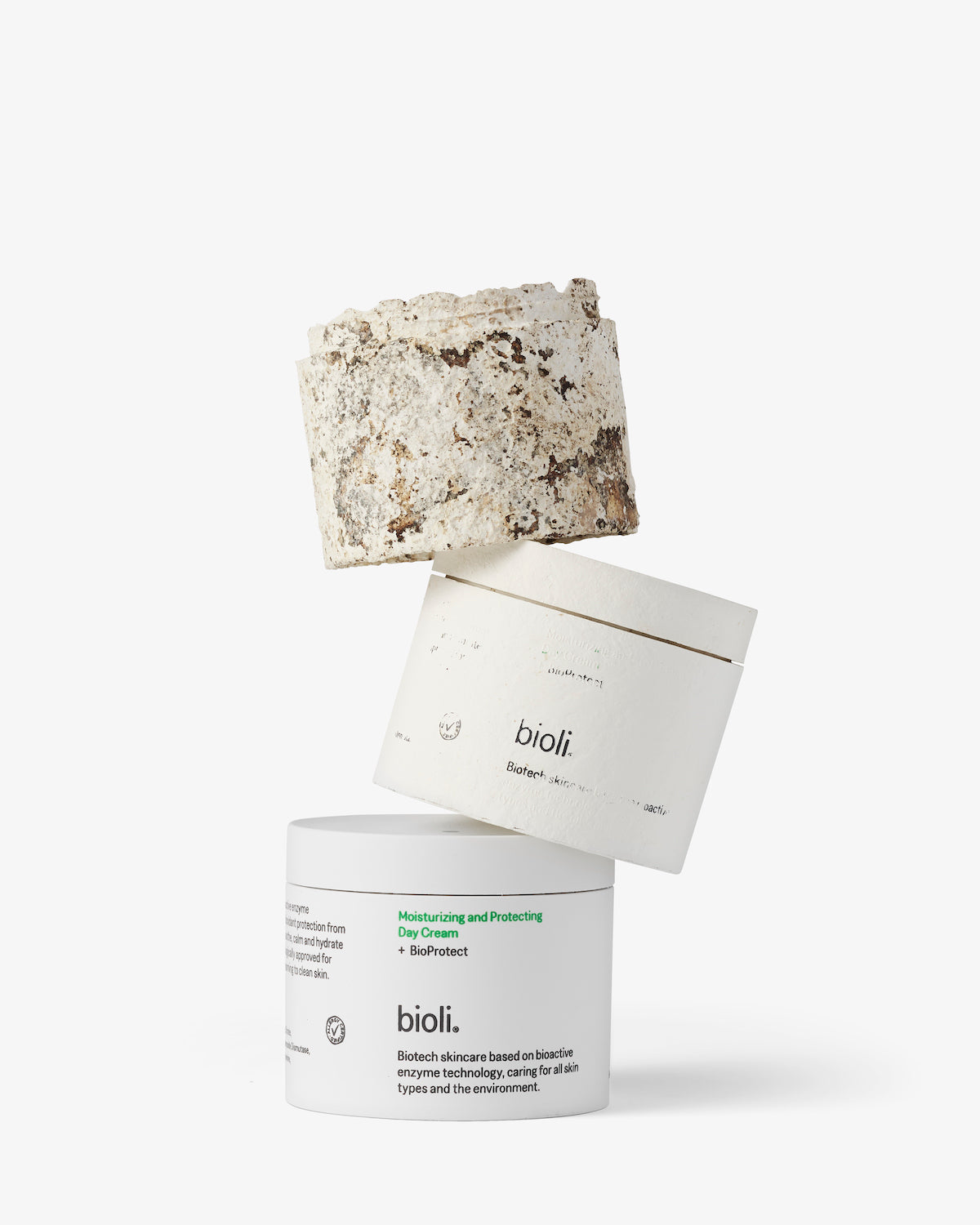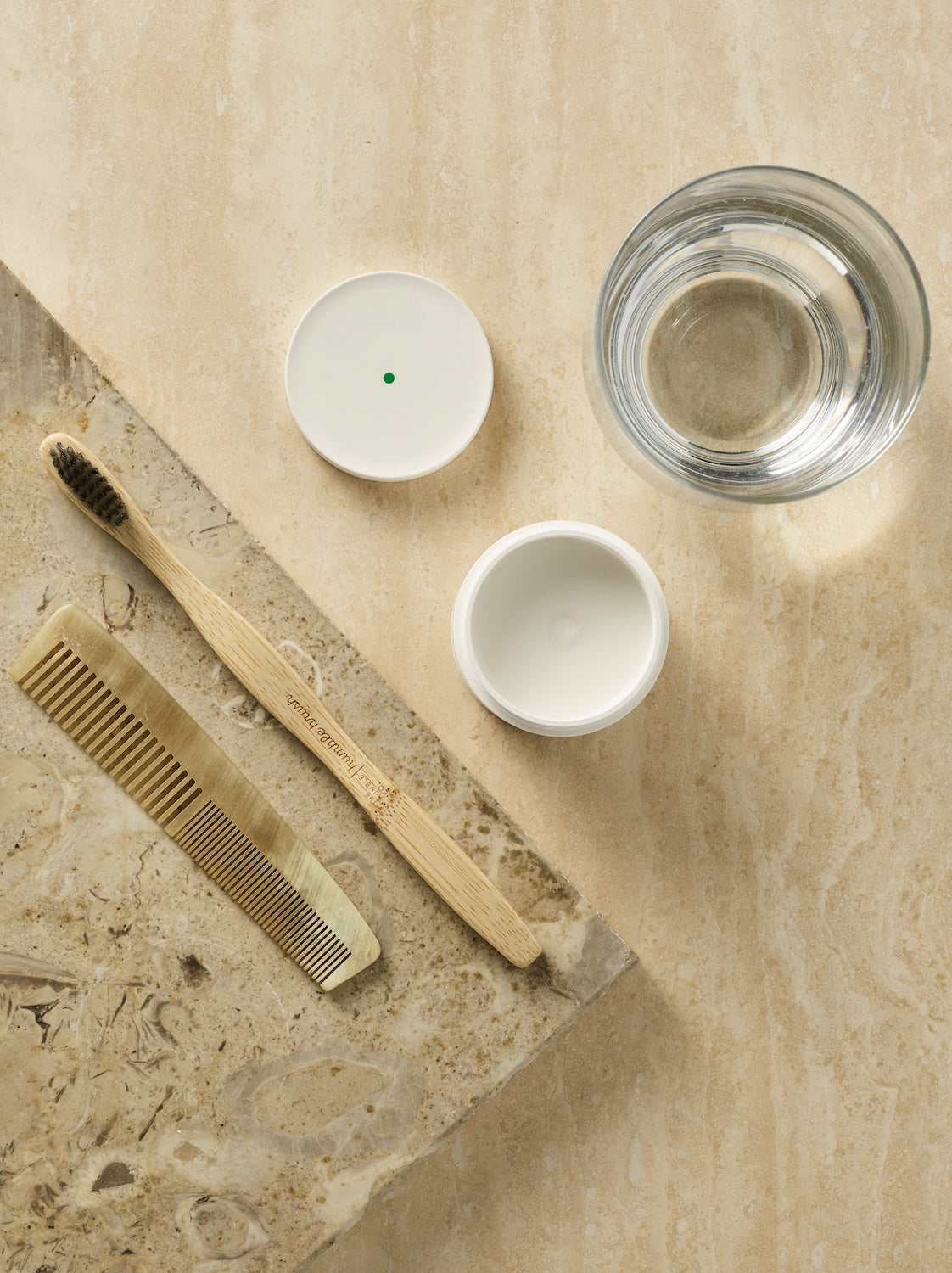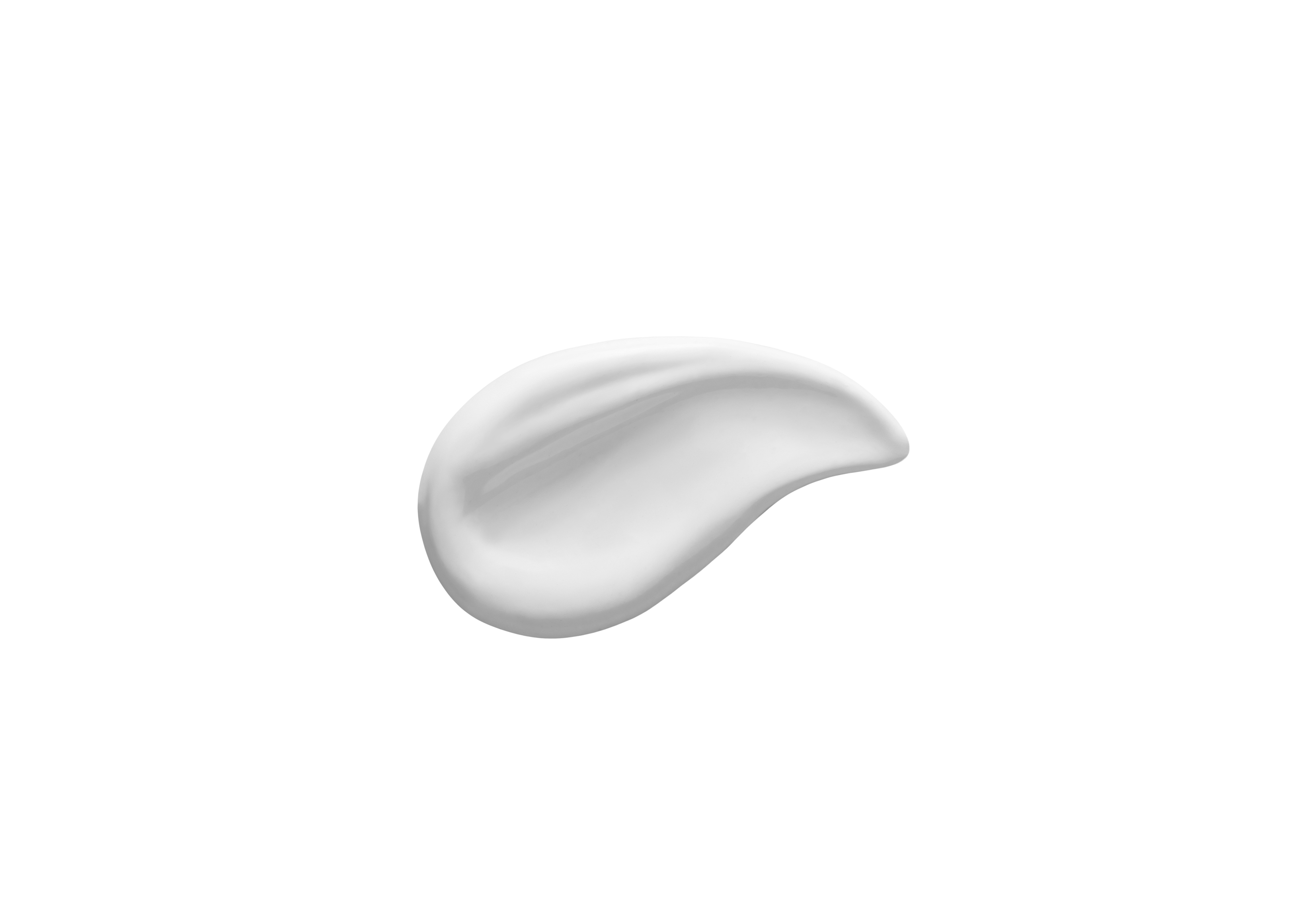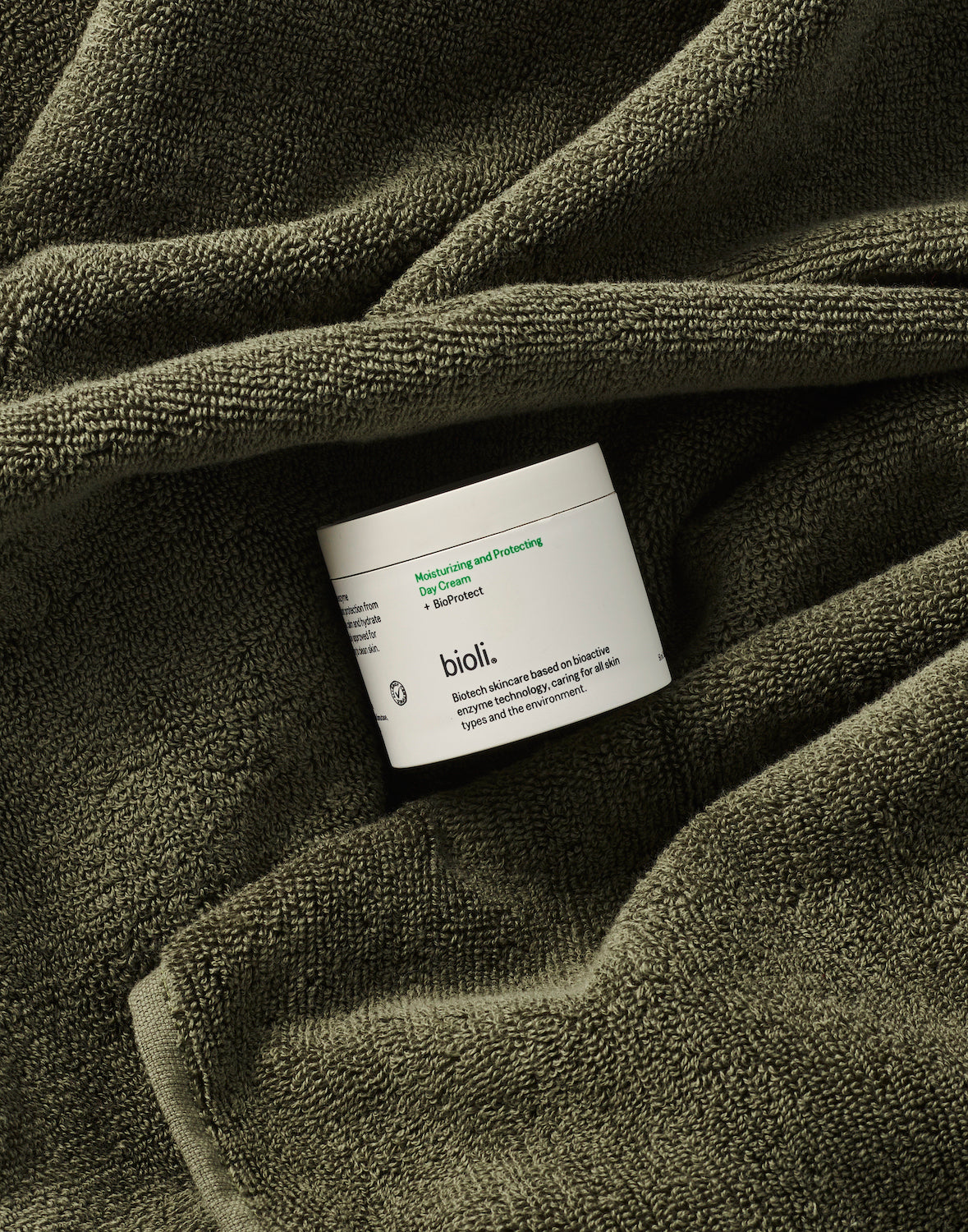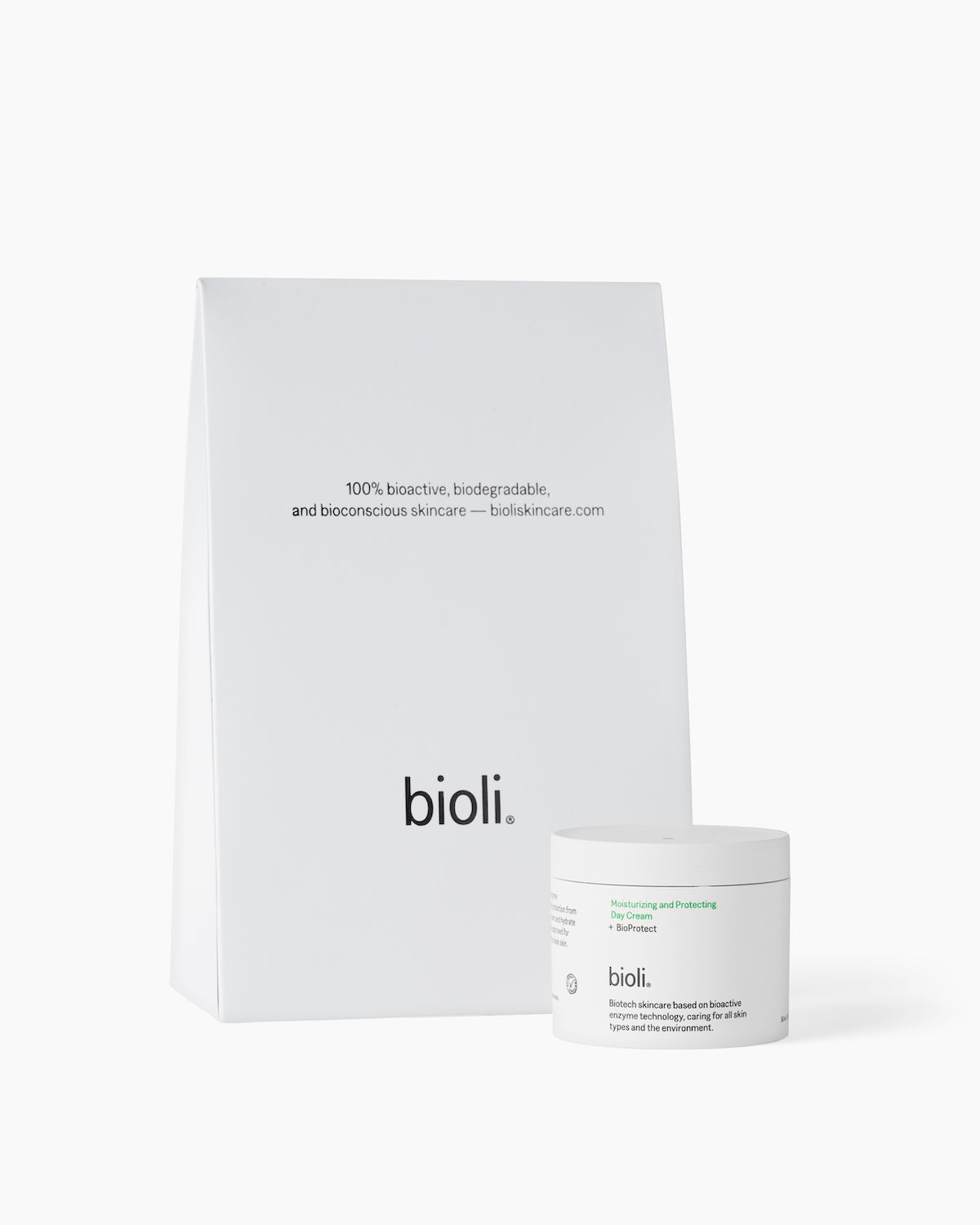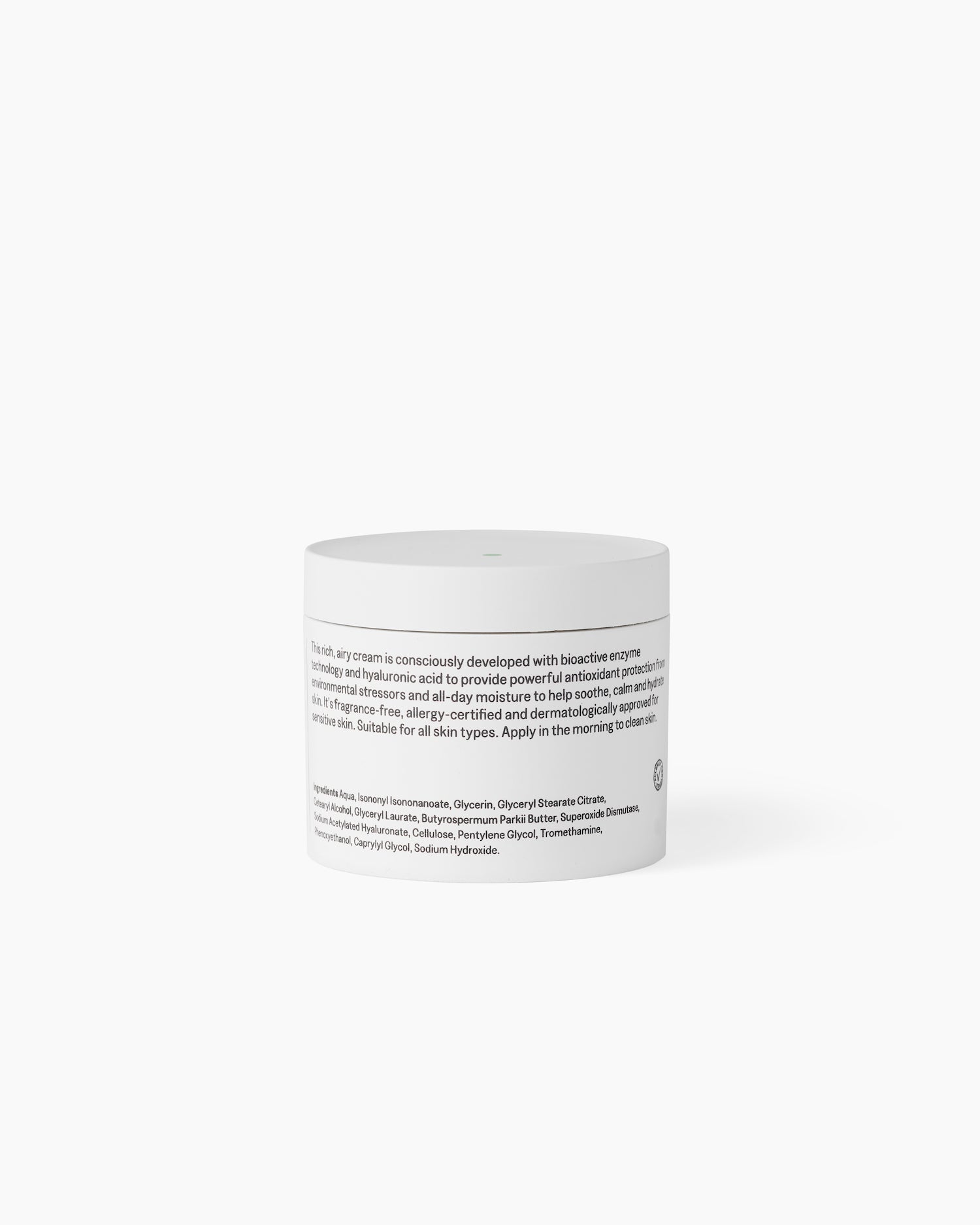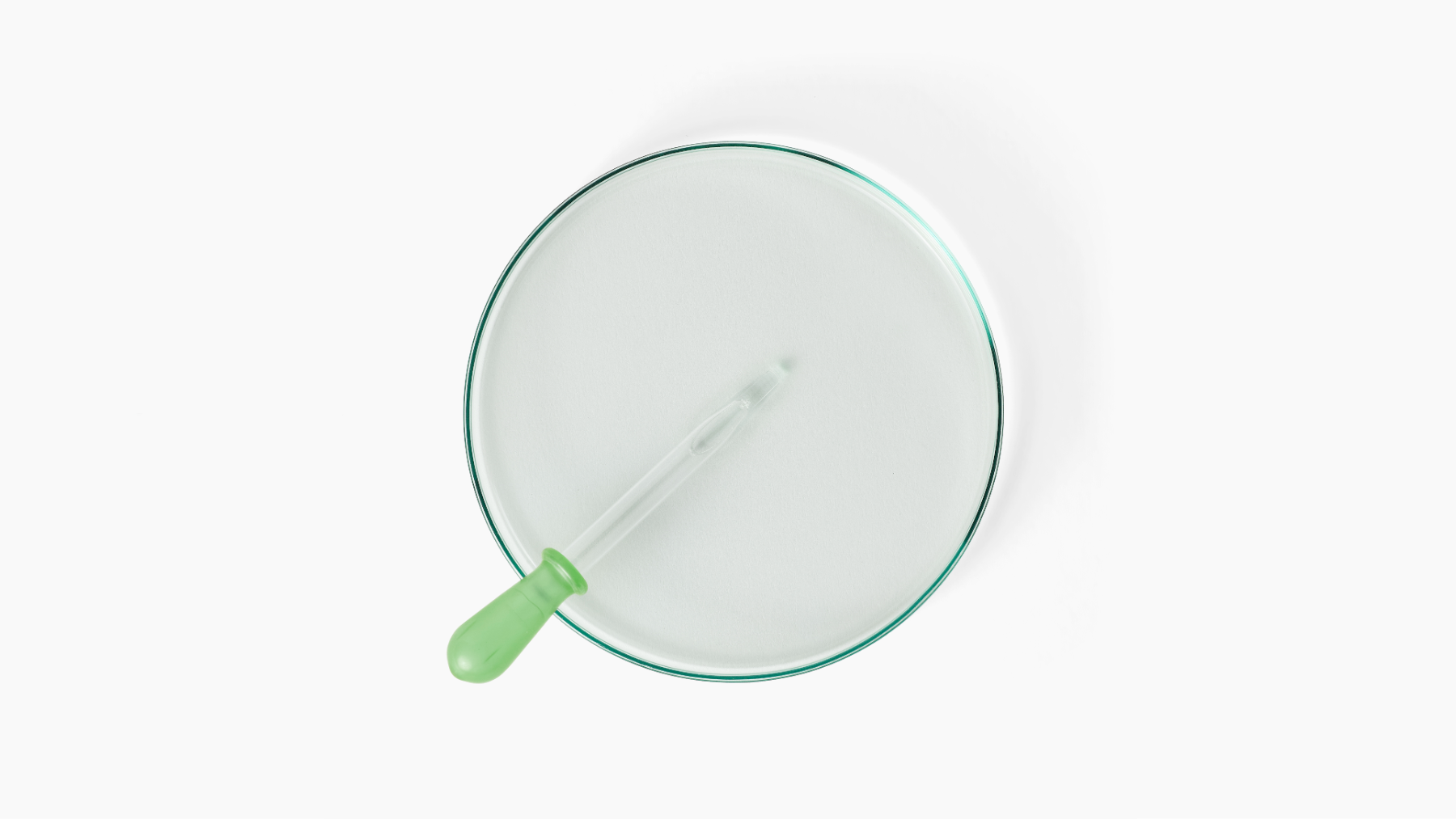Inflamed skin: Perioral Dermatitis, Acne, Eczema, Psoriasis, Rosacea,
Perioral dermatitis, acne, eczema, psoriasis and rosacea – Each of these conditions has its own symptoms and causes, but they’re all linked by a common factor: an inflamed skin barrier. Together, they affect a large percentage of the global population, and rates are rising.
Here’s a breakdown of what connects — and separates — these five inflammatory skin disorders:
| Condition | Common Triggers | Typical Symptoms | Role of Inflammation | SOD Relevance |
|---|---|---|---|---|
| Acne | Hormones, stress, bacteria | Pimples, blackheads, clogged pores | Inflamed sebaceous glands | Moderate |
| Eczema (Atopic Dermatits) | Allergens, weather, irritants | Dry, itchy, red patches | Chronic barrier inflammation | High |
| Psoriasis | Autoimmune, stress | Thick, scaly plaques | Overactive immune response | Emerging |
| Rosacea | Heat, stress, spicy food, alcohol | Flushing, bumps, visible vessels | Vascular inflammation | Promising |
| Perioral Dermatitis | Topical steroids, toothpaste, stress | Small red bumps around mouth and eyes | Localized chronic inflammation | High |
The common thread: Oxidative stress
Despite their differences, these five conditions all share a biological driver: oxidative stress.
Oxidative stress occurs when unstable molecules called free radicals overwhelm the skin’s natural antioxidant defenses. This leads to cellular damage, inflammation, and slower healing. Inflammation then becomes both a trigger and a symptom, creating a frustrating feedback loop for those affected. Learn more in the article: Free radicals impact on skin: translating the chemistry.
Here’s how oxidative stress contributes to each condition:
- Acne: Irritates sebaceous glands, worsening breakouts
- Eczema and Perioral Dermatitis: Weakens the skin barrier, allowing irritants in
- Psoriasis: Triggers immune system overactivity
- Rosacea: Heightens flushing and vascular sensitivity
Reducing oxidative stress is therefore a shared goal across all five conditions — and antioxidants have become a central part of many treatment routines. But not all antioxidants are well-suited for sensitive or inflamed skin.
Conventional solutions: Why they often fall short
While common antioxidants and anti-inflammatory treatments are widely used, they each come with important drawbacks — especially for those dealing with chronic inflammation.
-
Vitamin C
Celebrated for brightening and collagen-boosting, but often too harsh for inflamed or reactive skin. It can trigger redness and stinging, especially in eczema, rosacea, or perioral dermatitis. Chemically unstable and petroleum-derived, it also raises sustainability concerns.
-
Vitamin E
Offers mild antioxidant properties, but is typically present in very low concentrations that don’t deliver meaningful benefits. It’s also petroleum-based and not ideal for eco-conscious formulations.
-
Plant Extracts (e.g., green tea)
“Natural” doesn’t always mean better. Many botanical extracts can trigger allergic reactions, especially in compromised skin. Due to batch-to-batch variability, their effectiveness is inconsistent. AllergyCertified and other experts advise against them in formulations for sensitive skin. On top of that, their large-scale cultivation places strain on farmland and water resources. Learn more about plant extracts and their impact in this article: Questioning natural skincare: Stop using sunflower, avocado oils, aloe vera and other natural ingredients
-
Corticosteroids
Powerful and fast-acting, but only suitable for short-term use. Long-term use can thin the skin, cause dependency, and result in rebound flare-ups. They suppress symptoms, but don’t support healing.
Each of these has benefits — but also limitations: potential for irritation, inconsistent results, and sustainability challenges.
A gentler way forward: Enzyme-based antioxidants
Enter Superoxide Dismutase (SOD) — a powerful enzyme antioxidant that offers a new path for treating inflamed skin. Learn more about enzymes in this article: What are enzymes in skincare?
SOD is naturally present in the human body, where it helps neutralize oxidative stress. In skincare, it’s produced biotechnologically — not harvested from plants or synthesized from petroleum — making it more sustainable, more stable, and gentler than conventional antioxidants. Learn more about biotech skincare in this article: Biotech skincare: Next generation skincare.
SOD helps restore balance by:
-
Reducing oxidative stress at the root of inflammation
-
Calming redness and irritation in even the most reactive skin
-
Soothing the skin barrier without harsh side effects
-
Being non-irritating and allergen-free
-
Supporting sustainable production with low water, energy, and CO₂ use
SOD is the hero ingredient in Bioli's Moisturizing and Protecting Day Cream, designed specifically for skin prone to inflammation — whether it’s perioral dermatitis, eczema, rosacea, or beyond. It protects against free radicals, helps reduce chronic inflammation, and actively calms the skin day by day, leaving it stronger, more resilient, and visibly at ease.


